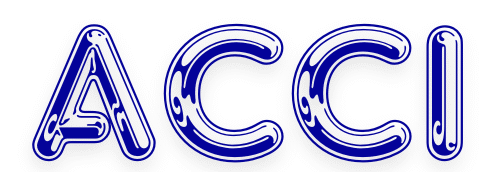As the new Financial Year draws near, Australian businesses face a series of legislative and regulatory changes that will impact operations, costs, and compliance requirements. We have prepared this overview to help our members understand and prepare for these developments.
Employment and Workplace Transformations
The most immediate impact on businesses will be the consequence of employment-related changes. The national minimum wage will increase by 3.5% to $24.95 per hour, affecting over 2.6 million workers across the country. This adjustment reflects the Fair Work Commission’s consideration of economic conditions and cost of living pressures.
Official Report Index
Simultaneously, the superannuation guarantee will rise from 11.5% to 12%, marking the final step in the planned increases. This change concerns all salary and wages paid from July 1, regardless of when the work was performed. Businesses should update their payroll systems and budget accordingly for this additional 0.5% contribution.
The paid parental leave scheme expansion to 22 weeks represents another workplace consideration. For the first time, government-funded parental leave will include superannuation contributions, creating additional administrative requirements for employers managing these arrangements.
Employment Cost Changes – July 2025
Minimum Wage
Super Guarantee
Parental Leave
Financial Thresholds and Compliance Updates
Several threshold adjustments will affect business operations and employee obligations. The Medicare levy surcharge threshold increases to $101,000 for individuals, while HELP debt repayment thresholds rise to $67,000. These changes may influence salary packaging discussions and employee financial planning.
The apprenticeship incentive program launches with $10,000 payments for housing construction apprentices, creating opportunities for businesses in the construction sector to access skilled workers while benefiting from government support.
Income Threshold Changes
Operational and Compliance Considerations
The skilled visa program changes will affect businesses relying on overseas workers. New Core Skills Occupation Lists replace existing arrangements, with stricter employer criteria including market salary rates and proof of local advertising. Income thresholds for skilled visas increase by 4.6%, impacting sponsorship costs.
Infrastructure costs will rise across multiple areas. Electricity prices face increases exceeding 9% in some jurisdictions, while Australia Post services become more expensive. Road rule enforcement intensifies with mobile phone detection cameras and increased penalties, particularly in NSW where fines reach $1,209 with five demerit points.
Our Advice
ACCI recommends businesses review payroll systems before July 1 to ensure compliance with new wage and superannuation requirements. Update employment contracts and policies to reflect parental leave changes, and consider the implications for workforce planning.
For businesses utilizing skilled migration, engage with migration specialists early to understand new occupation list requirements and prepare for higher visa costs. Construction businesses should explore apprenticeship incentive opportunities to address skills shortages while managing costs.
Budget reviews should account for increased operational expenses, particularly electricity and postal services. Fleet operators should reinforce mobile phone policies and consider driver training programs to avoid substantial penalties.
ACCI continues to monitor these developments and provide members with updates and resources to manage the transition effectively. Our policy team remains available to address specific concerns and provide guidance on compliance requirements.
Related Topics
- Major Financial Changes for Australian Businesses: July 1, 2025
- Maximising Tax Deductions: Essential Guide for Australian Workers
- RBA Rate Cut Delivers Financial Relief: Business Community Prepares for Economic Shift
- Urgent Action Required: Family Tax Benefit Recipients Face June 30 Deadline
- Reserve Bank Rate Cut: Market Expectations vs Economic Reality

